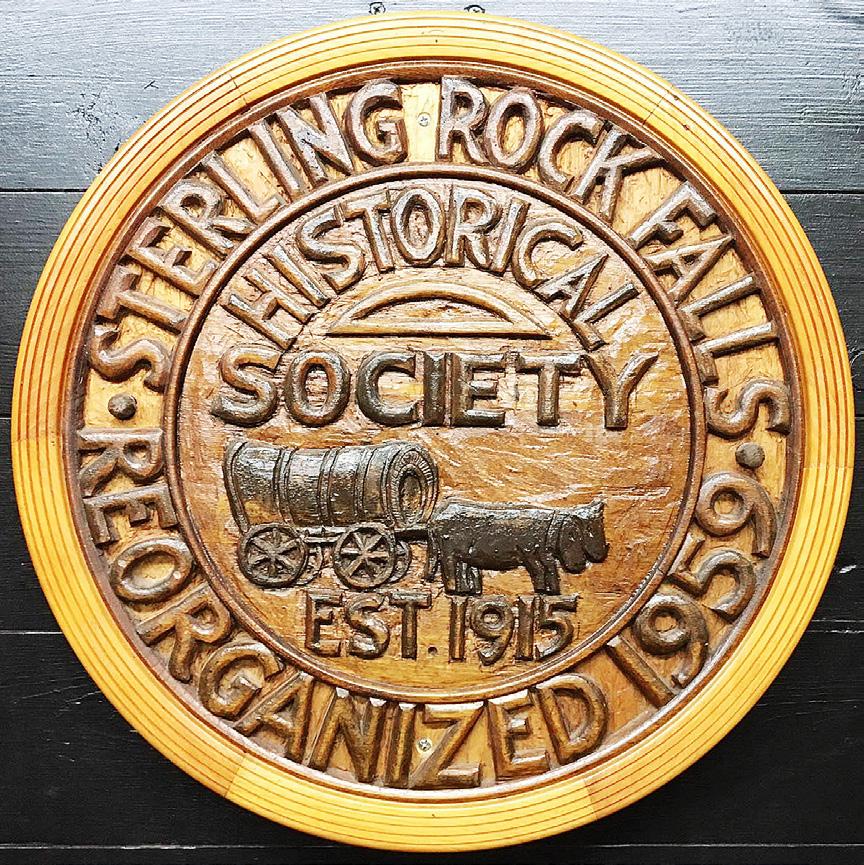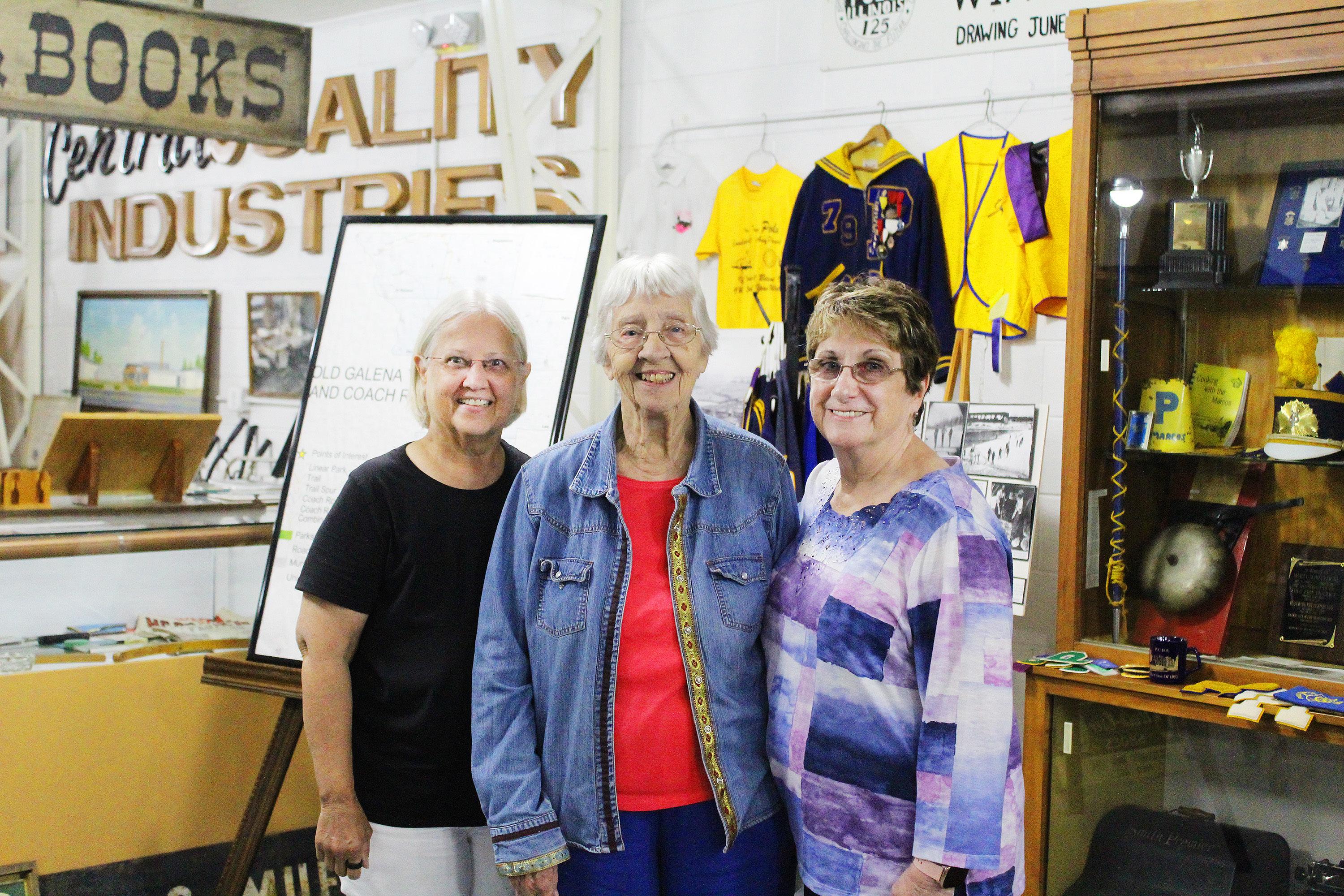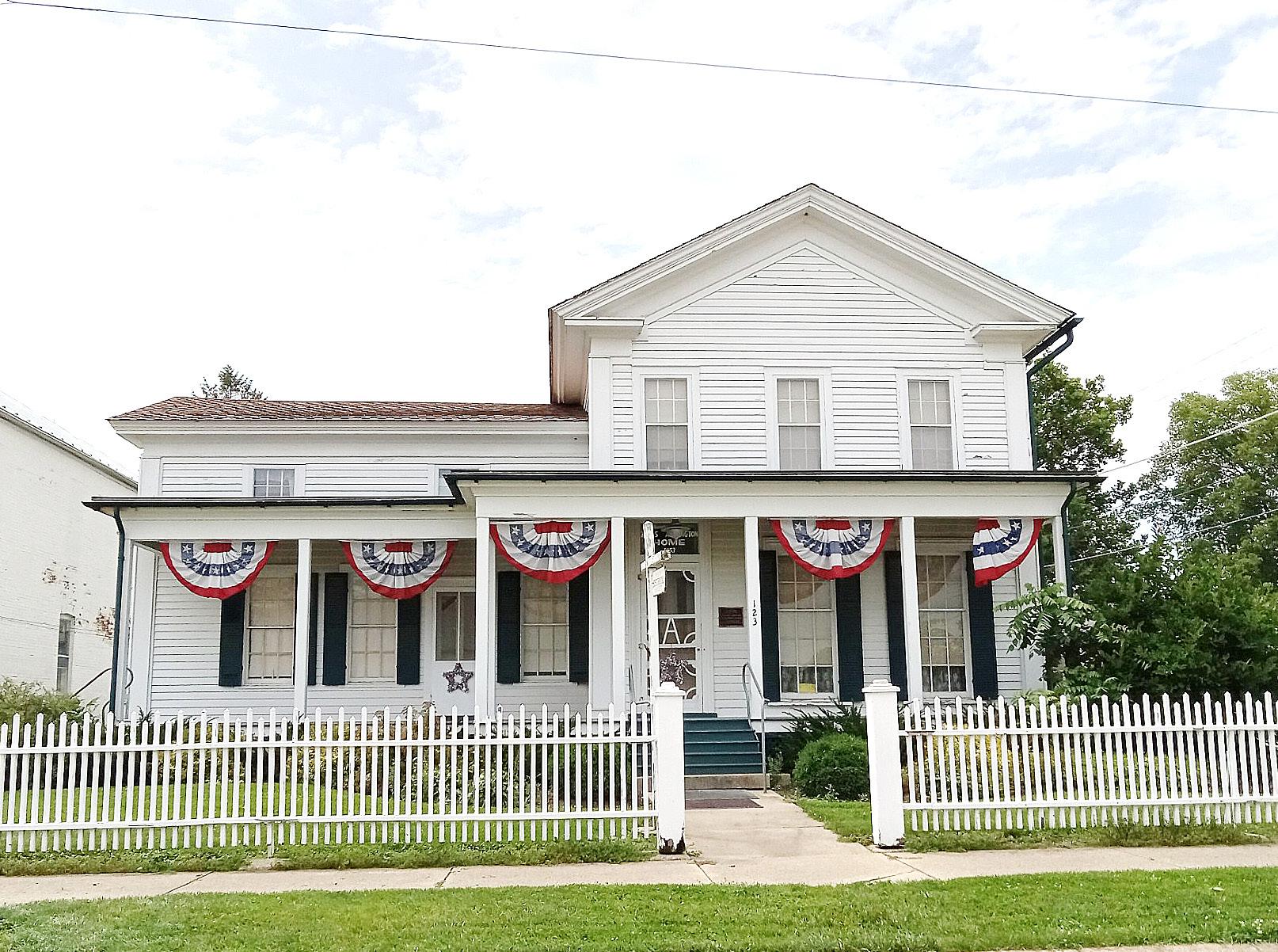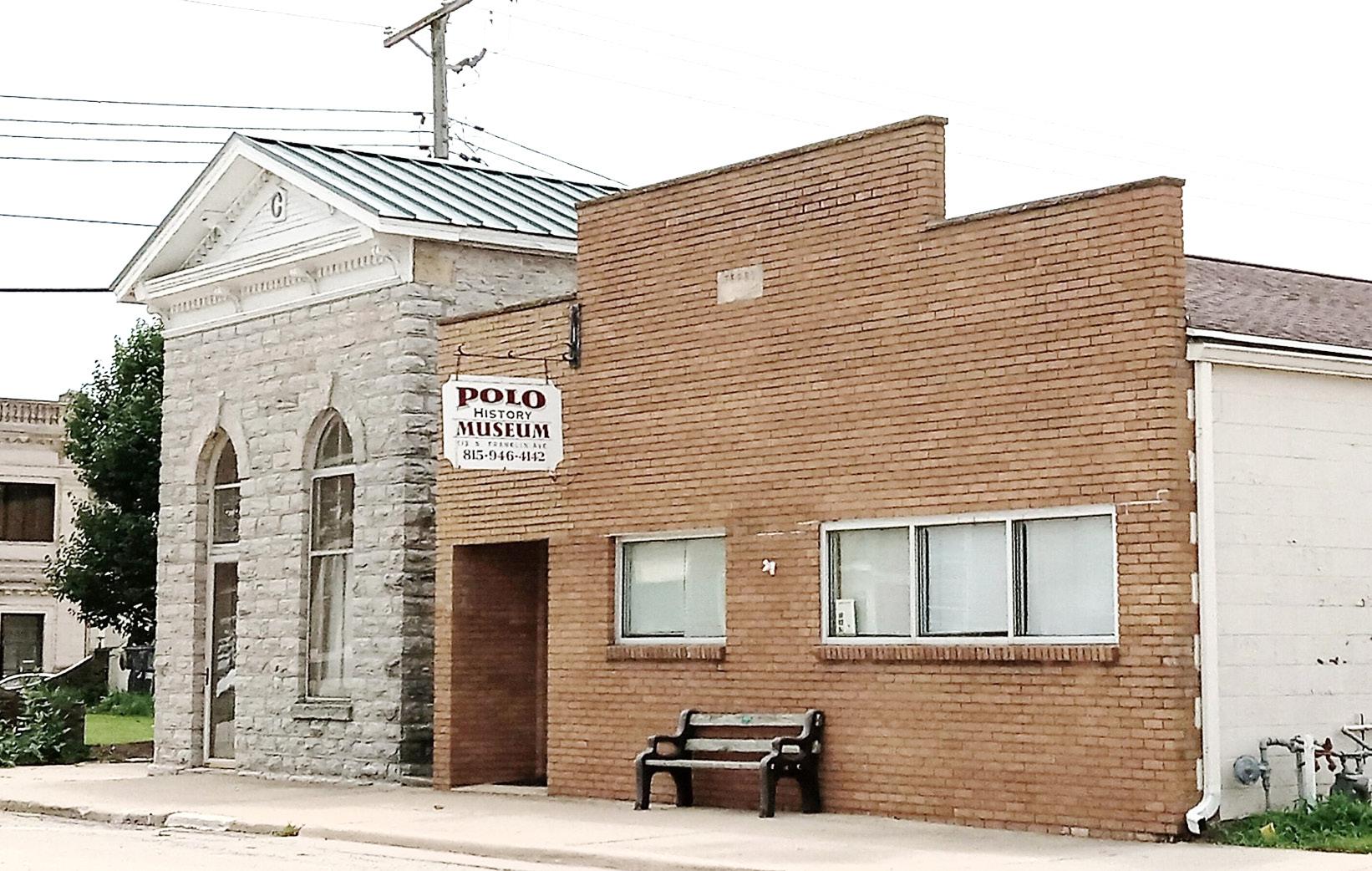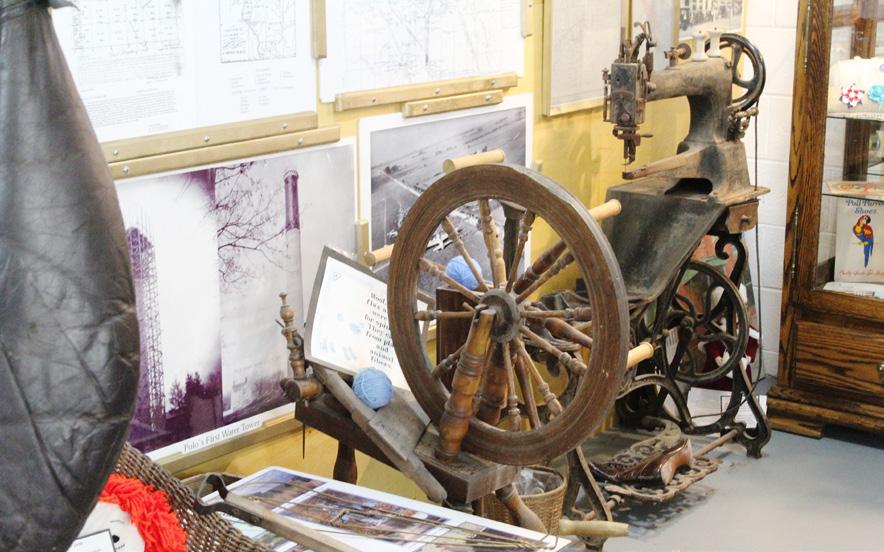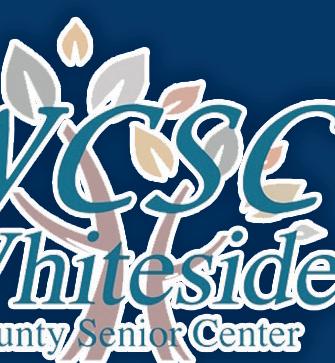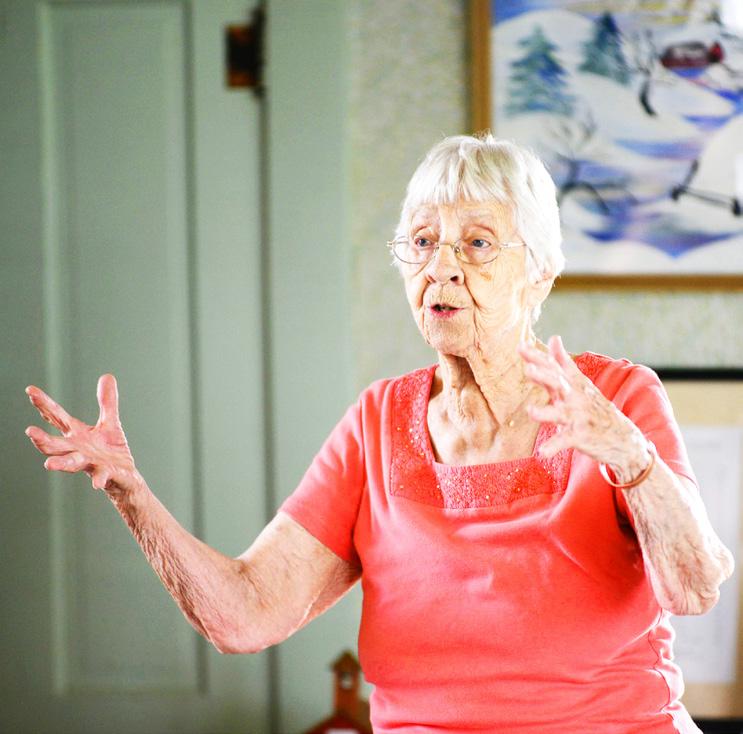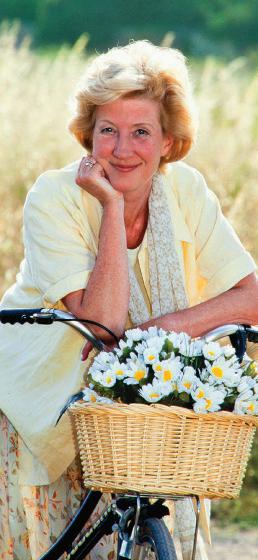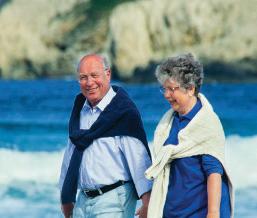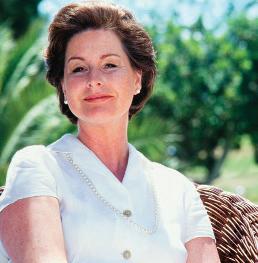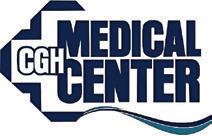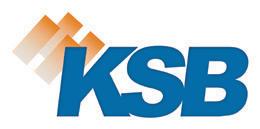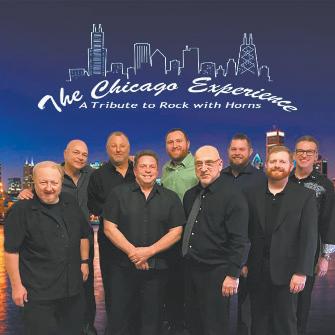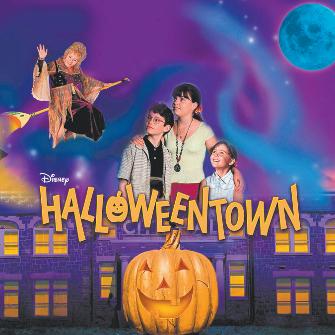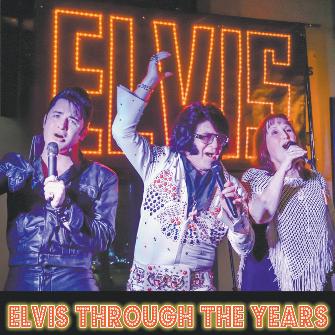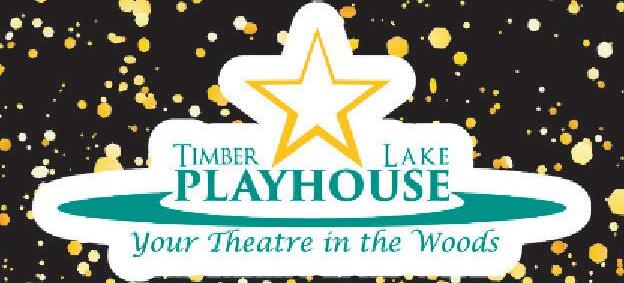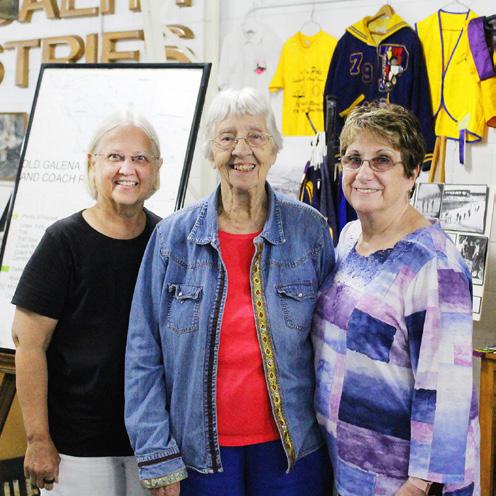
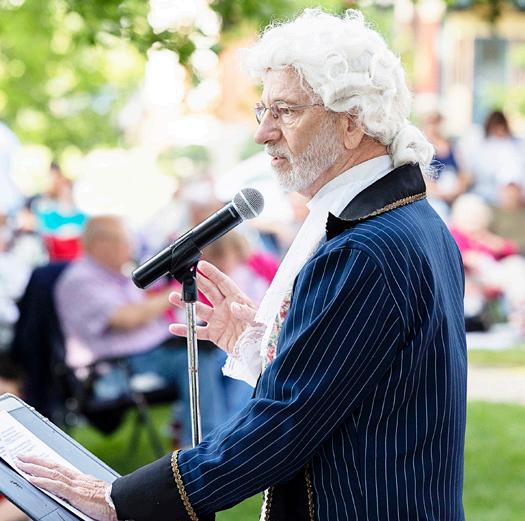

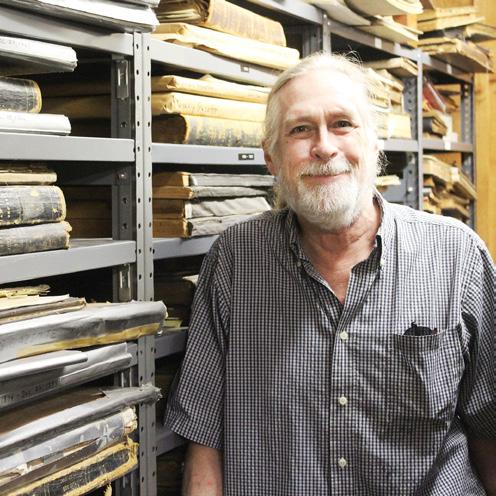
Publisher/Ad Director
Jennifer Heintzelman
Magazine editor & Page design
Rusty Schrader For Advertising
Contact Jill Reyna at 815-631-8774 or jreyna@saukvalley.com
Published by Sauk Valley Media
113 S. Peoria Ave., Dixon, IL 61021 815-284-2222
Have a story idea for Kaleidoscope? E-mail rschrader@saukvalley.com
Articles and advertisements are the property of Sauk Valley Media. No portion of Kaleidoscope may be reproduced without the written consent of the publisher. Ad content is not the responsibility of Sauk Valley Media. The information in this magazine is believed to be accurate; however, Sauk Valley Media cannot and does not guarantee its accuracy. Sauk Valley Media cannot and will not be held liable for the quality or performance of goods and services provided by advertisers listed in any portion of this magazine.
3 History’s worth: Priceless
For Dixon’s Tom Wadsworth, history is never past its prime; the people and places that have played a part in his hometown’s story still have something to say, and he’s happy to listen — and he’s getting other people to listen, too.
8 His story is history
A boy growing up in a family whose local roots run deep, a museum studies student in college, an expert in tales of the Twin Cities, and a curator at the Sterling-Rock Falls Historical Society ... Meet Terry Buckaloo.
14
Gateway to the past
A group of volunteers in Polo is dedicated to sharing one of the finer things the town has to offer: Its history.
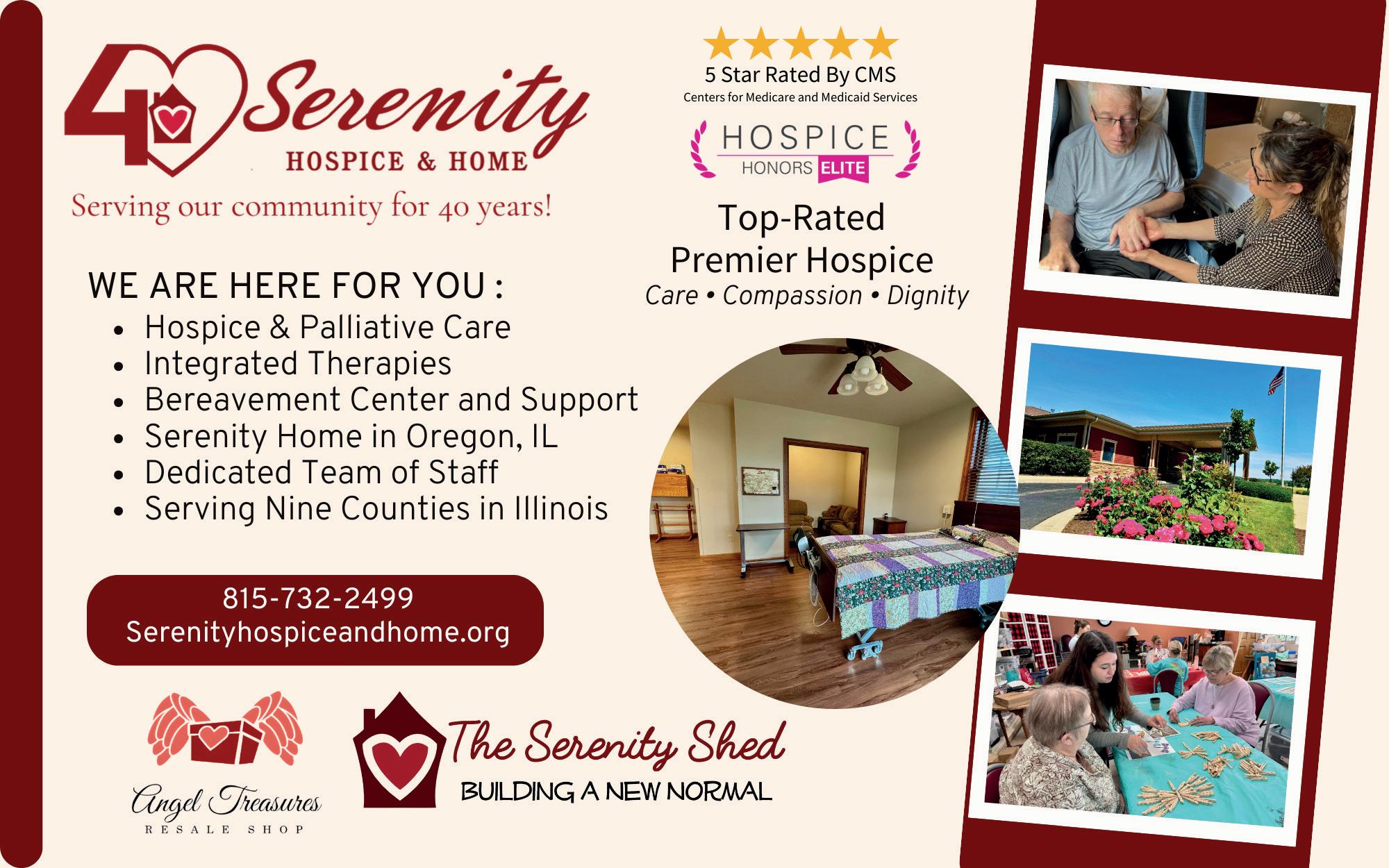
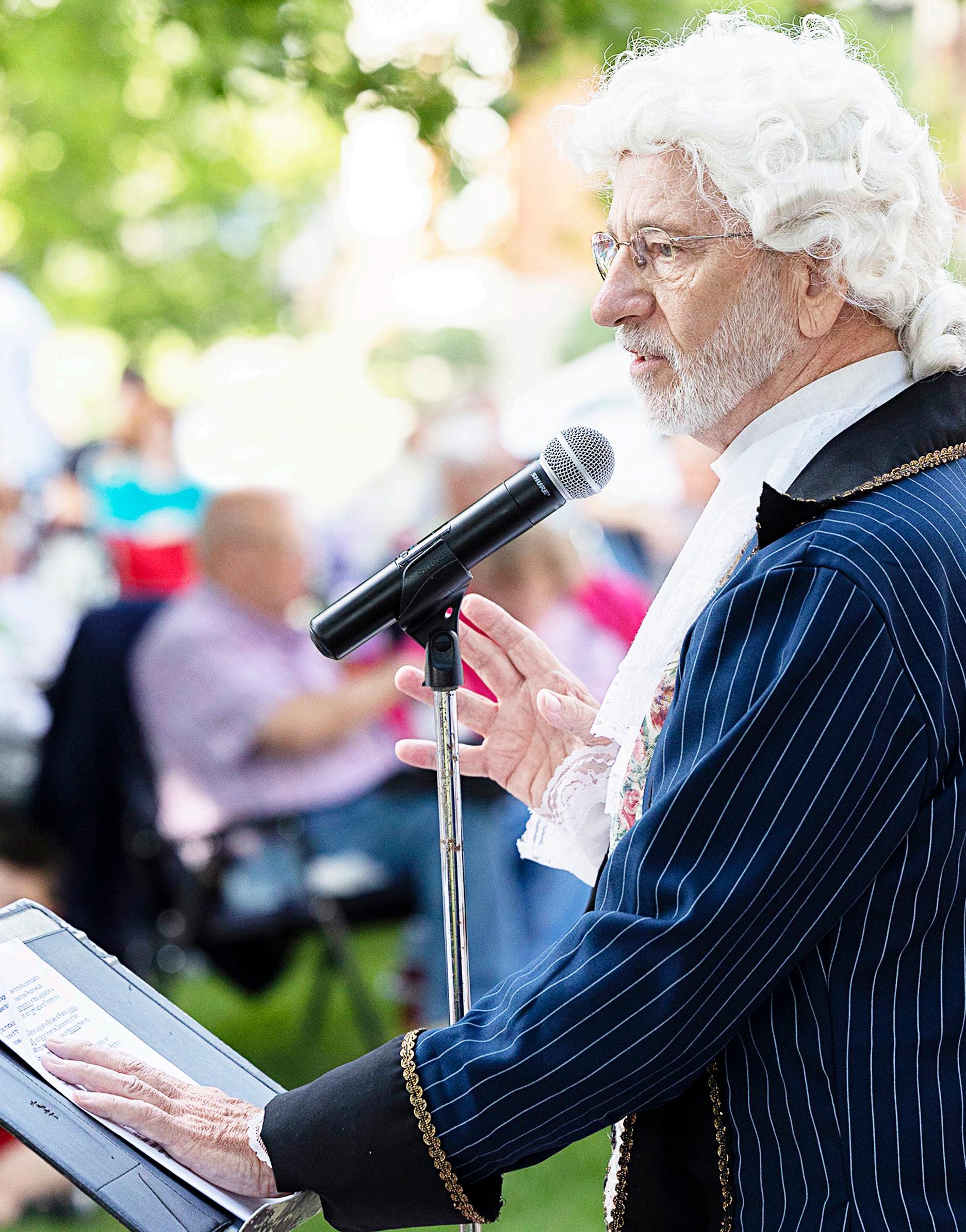
Tom meets Thomas ... Tom Wadsworth channels Thomas Jefferson on July 5 during a reading of the Declaration of Independence on the lawn of the Old Lee County Courthouse.
ALEX T. PASCHAL/ APASCHAL@SHAWMEDIA.COM
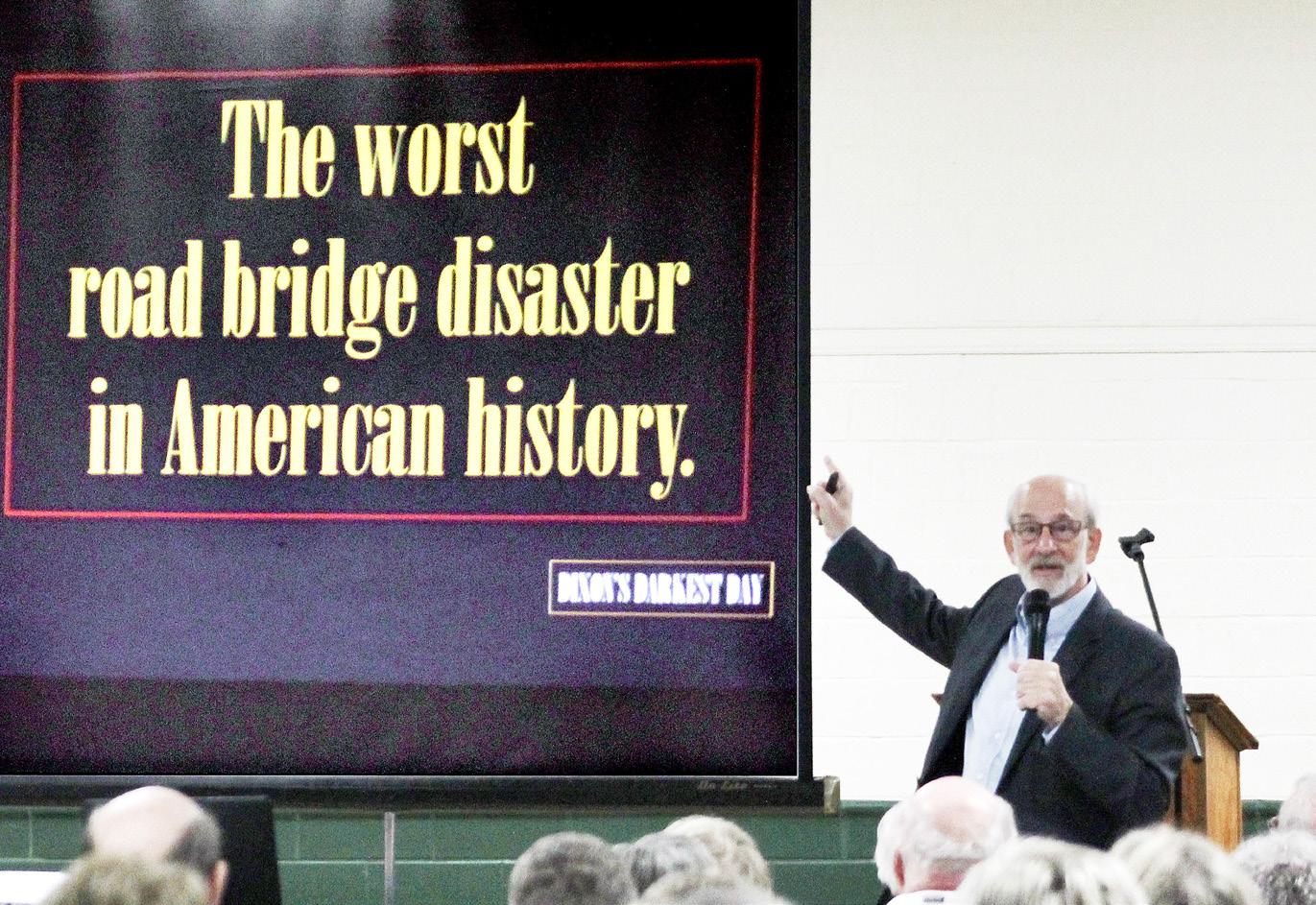
While some historians prefer hard copies to hard drives, Wadsworth doesn’t mind getting his information in byte-sized bits and pieces.
For him, it’s the “story” in “history” that counts, and telling that story can be much easier when you’ve got a world of information at your fingertips.
Whether he’s typing or tapping, Wadsworth brings the past and present together, using technology to help research and share Dixon’s story, and he’s found a growing audience eager to hear the nearly 200 years’ worth of stories his hometown has to tell.
For more than 20 of those years, Wadsworth has spoken on and wrote about local history, on topics ranging from the city’s father, John Dixon, to its most famous son, Ronald Reagan.
Easier access to information has helped Wadsworth, 71, in his mission to mine the past to unearth its stories. Presentation — another area where tools like PowerPoint help him bring yesterday to today’s audience — is also key to his storytelling, a lesson he learned from his years of preaching at church pulpits, reading news on the radio and fine-tuning the words he’s written for various papers and publications.
cont’d to page 6
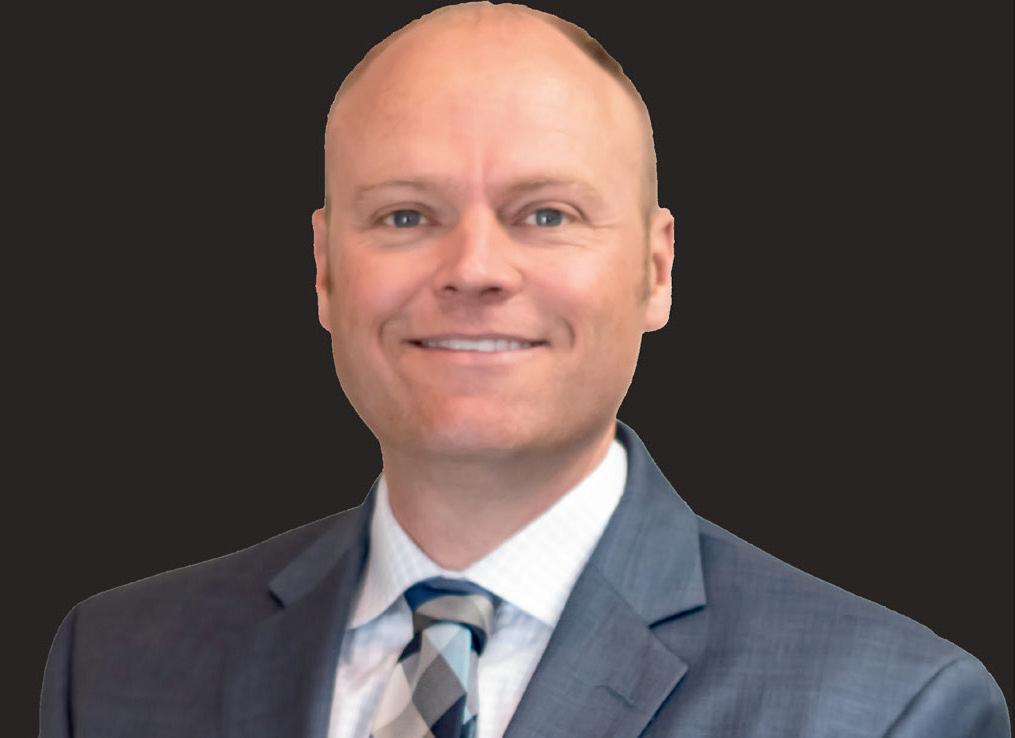









It was a testament to his willingness to keeping an open mind to new things that helped Wadsworth discover an appreciation for technology when he was pursuing a doctoral degree at a theological seminary.
“The interest in this and the digitization of resources coincided with my doctoral work,” he said. “I had to do massive research for that and writing, organizing researched data and cranking something out in a coherent fashion. When I realized that I could do local history just like how I was doing my dissertation for a doctorate, and do it quickly and verify stuff quickly, it simplified the process.”
Wadsworth earned a doctoral degree in New Testament studies at Midwestern Baptist Theological Seminary in Kansas City in 2022 after six years of study. During research for that project, he found the process of managing that work could also help him with his history endeavors, and it’s worked: He does around six speaking engagements throughout the Sauk Valley each month, and writes a biweekly Dixon history column for Sauk Valley Media.
Electronic sources such as Google Books, the digital library JSTOR, and newspaper archive websites give researchers like Wadsworth an easier way to find and transcribe historical information, sometimes reducing the time it takes from days to minutes — but that convenience doesn’t mean
there’s not room for the tried and true methods: checking, double-checking, questioning and correcting.
Wadsworth is “a stickler for getting it right,” he said. He takes the time to verify that his sources are correct. Just because something was written down doesn’t mean mean it was written in stone. He doesn’t want something as simple as a typo to twist the truth.
“Journalism is about accurate reporting and getting good sources, so I just have this unique set of skills and access to materials so that I can crank the stuff out quickly,” he said. “It would be of use, or interest, to a lot of people, really. When you can be of service in that way, why not do it?”
Religious studies continue to be a focal point of Wadsworth’s life, but he still enjoys making time for times past, opening doors to discover the history hidden behind them after all, opening doors has been a big part of his life. At Raynor, he started as a janitor and assembler nearly 50 years ago and later became communications director for the Dixon garage door company. As owner of Wadsworth Communications, he was editor of “Door + Access Systems” news magazine for 20 years before retiring in 2018. Communication has also been a big part of Wadsworth’s life: he was a minister at the Church of Christ in town and a radio host for WSDR in Sterling.
WADSWORTH cont’d to page 7




Tom Wadsworth speaks during the dedication of the Truesdell Bridge Disaster memorial on May 7, 2023, on Dixon’s riverfront. He was among the residents who helped make the display possible. His presentation on the disaster, bolstered by years of research, is among the most compelling of the topics he gives presentations on. The worst road bridge disaster in American history killed 46 people in 1873. “When it comes to the Truesdell Bridge, there are life lessons in there in terms of how you respond to disaster, calamity and personal loss,” he said.

ALEX T. PASCHAL/APASCHAL@SHAWMEDIA.COM
WADSWORTH cont’d from page 6
On top of all that, he’s also become a familiar face in education, to teams of trivia fans as emcee of the annual Stupor Bowl trivia contest for the Dixon Schools Foundation since 1997, and the pronouncer at the Lee-Ogle-Whiteside Regional Spelling Bee since 1983. Wadsworth also serves on the board of directors for the foundation, which has given him opportunities to pull up PowerPoint presentations and speak to Reagan Middle School students about local history and why it’s still important. Topics have included Reagan’s story, Dixon’s involvement in the Civil War, and the deadly Truesdell Bridge Collapse on May 4, 1873.
“The kids sit and they listen, and invariably, the kids are interested,” Wadsworth said. “It’s entertaining, but there’s local history in there too, when they say, ‘I recognize that building,’ or ‘that monument.’ They can and should be interested, but you’ve got to spoon-feed it to them.”
Making sure they’re getting a balanced diet of information means putting the past in a perspective they can relate to and learn from — the Truesdell Bridge disaster for example, which killed 46 people.
“Every one of these topics has their own takeaway,” he said. “When it comes to the Truesdell Bridge, there are life lessons in there in terms of how you respond to disaster, calamity and personal loss; when Grandma dies, when Dad dies, how do you respond to that?”
Other topics Wadsworth has given presentations on in recent years include the Billy Sunday Christian sermons of the early 1900s, the stagecoach trail routes of the mid-1800s and the Sterling, Dixon and Eastern interurban railway that ran from 1904 to 1925.
While Wadsworth enjoys being a history-teller, beyond the presentations and articles lies an even bigger picture, one that he hopes will continue to come into focus for the entire community, for generations to come.
“Ultimately, I would love to see all of this historical stuff go toward the appreciation of Dixon as a historical tourist site,” Wadsworth said. “I would like to see the stuff that I’m doing and publishing eventually work its way into helping to develop the historical culture of the city, and an increased appreciation for the history.” n
Cody Cutter can be reached at 815-632-2532 or ccutter@shawmedia.com.
LEARN MORE ...
Tom Wadsworth’s Dixon history columns are published on select Fridays in the Dixon Telegraph and on saukvalley. com. Go to tomwadsworth.com or find him on Facebook or YouTube to learn more about the Dixon historian’s works and programs.
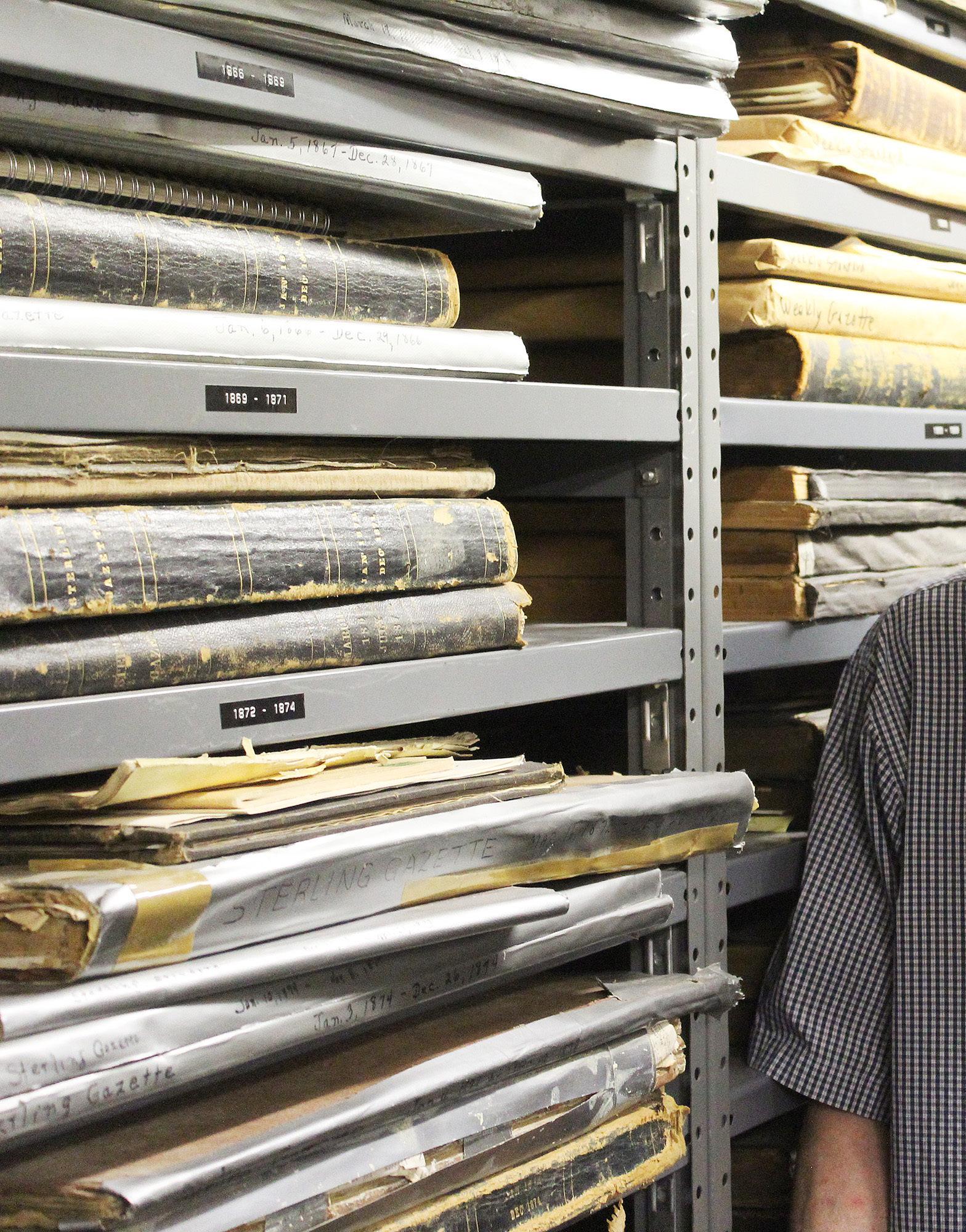

t wasn’t until his early 30s when Terry Buckaloo took a real interest in the history of Sterling and Rock Falls.
But for those who’ve wanted to know more about the Twin Cities through the years, Buckaloo’s interest came better late than never.
The Sterling-Rock Falls Historical Society curator now is one of its most chief historians, and after 35 years on the job, he’s got a lot of history under his belt. He’s the caretaker of the many historical artifacts and records at the society’s Carriage House Museum on the grounds of the Dillon Home in Sterling, and also is in charge of the Lincoln-Manahan Home and the Lincoln Learning Center, both a few blocks west of the museum.
The restoration of the Manahan Home, named for former Whiteside County sheriff William Manahan, and the opening of the learning center both happened under Buckaloo’s watch, and are two achievements he’s especially proud of, he said, along with a decade-long historical house index and the preservation of local Reconstruction-era newspapers that had a date with the dumpster canceled in Buckaloo’s first
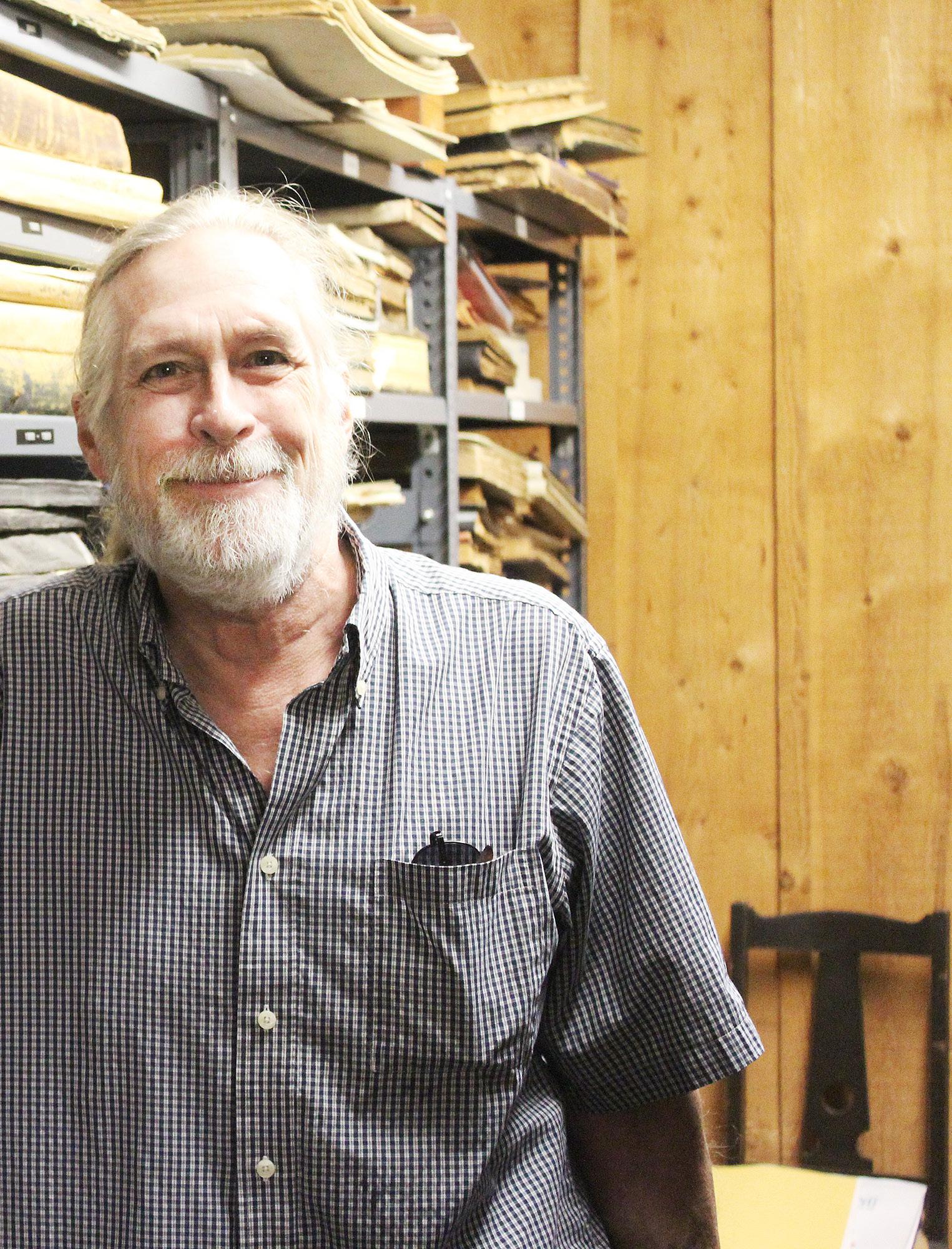


But even after decades on the job, there are still discoveries to uncover, and that’s what keeps Buckaloo, 68, on the job, despite being semi-retired.
BUCKALOO cont’d to page 10
Terry Buckaloo oversees a collection of thousands of Sterling and Rock Falls historical artifacts, including newspapers bound in large books, as curator of the Sterling-Rock Falls Historical Society. It’s a job that he’s been doing for 35 years — and he’s still learning.
“Every once in a while, I’ll stumble across something,” he said. “You think you know all about a subject, but then go, ‘Hey! That’s a new piece of the puzzle.’.”
CODY CUTTER/ CCUTTER@SHAWMEDIA.COM
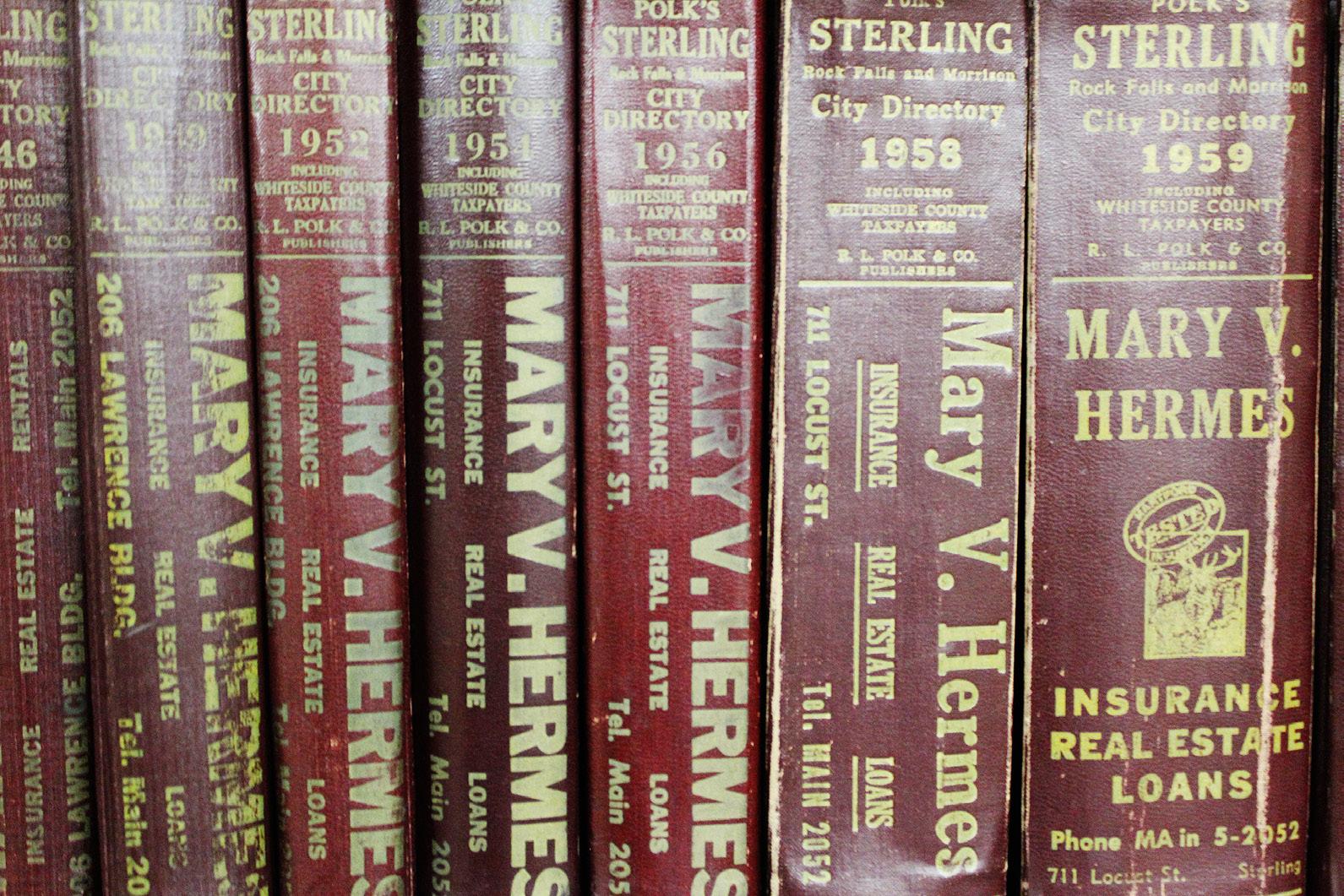
“Every once in a while, I’ll stumble across something,” he said. “You think you know all about a subject, but then go, ‘Hey! That’s a new piece of the puzzle.’ That keeps it interesting. You’ll just discover all kinds of things.”
Buckaloo went to college for museum studies and later worked on the family grain farm west of Dixon; that’s when he saw an advertisement in the Daily Gazette newspaper in the spring of 1989 for the Sterling-Rock Falls Historical Society’s curator position.
The rest, needless to say, was history. Buckaloo dove into the books to get a grasp on what Sterling and Rock Falls were like, and for every question he had, he’d search for an answer, particularly on the subject of the area’s early pioneer days — inspired by learning his own family history — back when the “Twin Cities” were Harrisburg and Chatham, which merged in 1839 to become Sterling. The founding of today’s twin, Rock Falls,’ was still another couple of decades away.




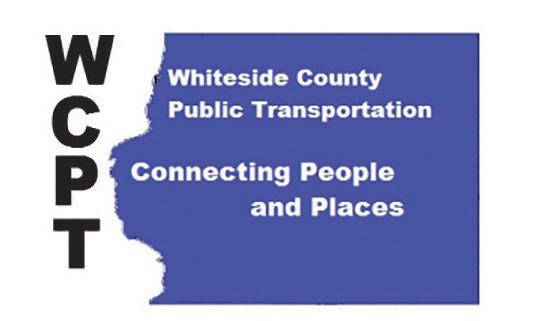



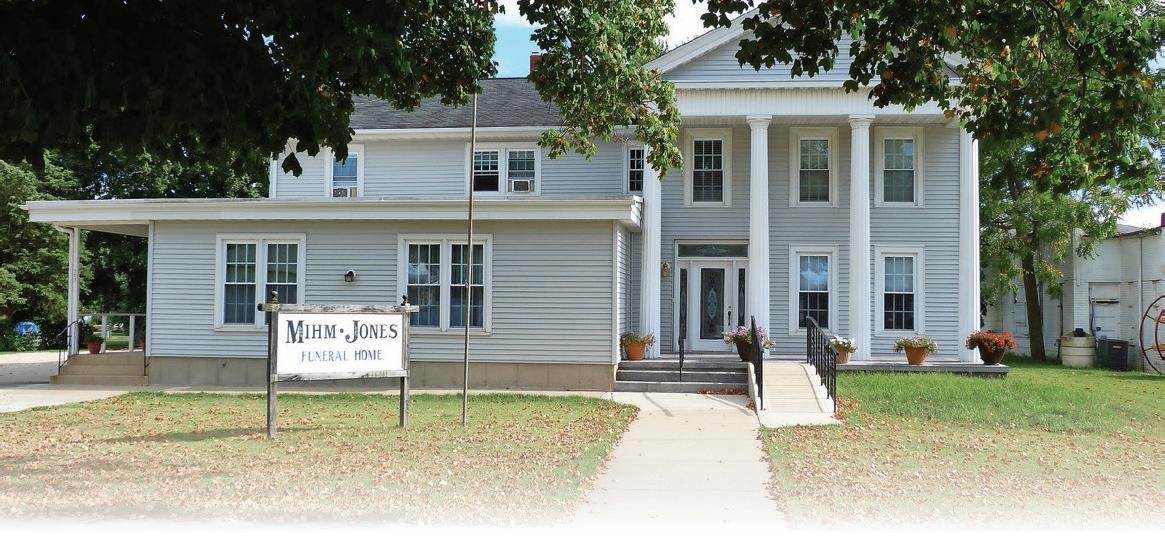
The Sterling-Rock Falls Historical Society’s Carriage House Museum (far right), located on the grounds of the Dillon Home at 1005 E. Third St. in Sterling, has two floors of local history artifacts and stories. A few blocks west of the museum, also on East Third Street, is the Society’s other site, the Lincoln-Manahan Home (right).
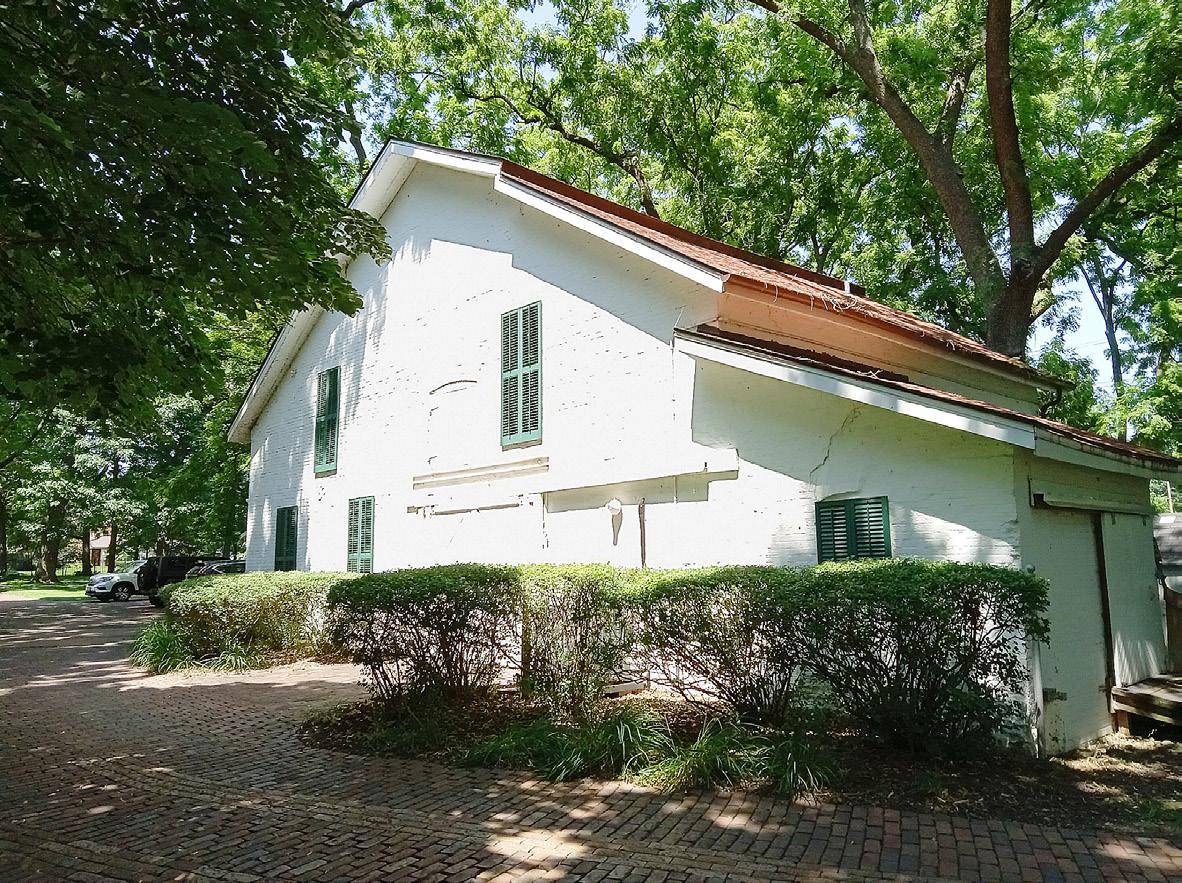
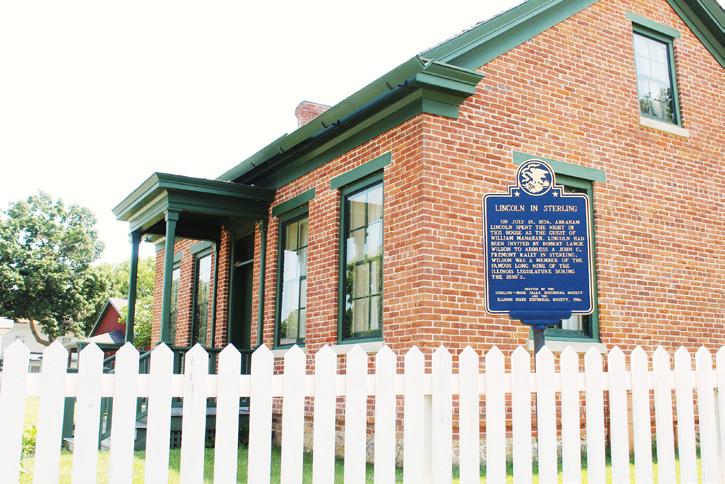
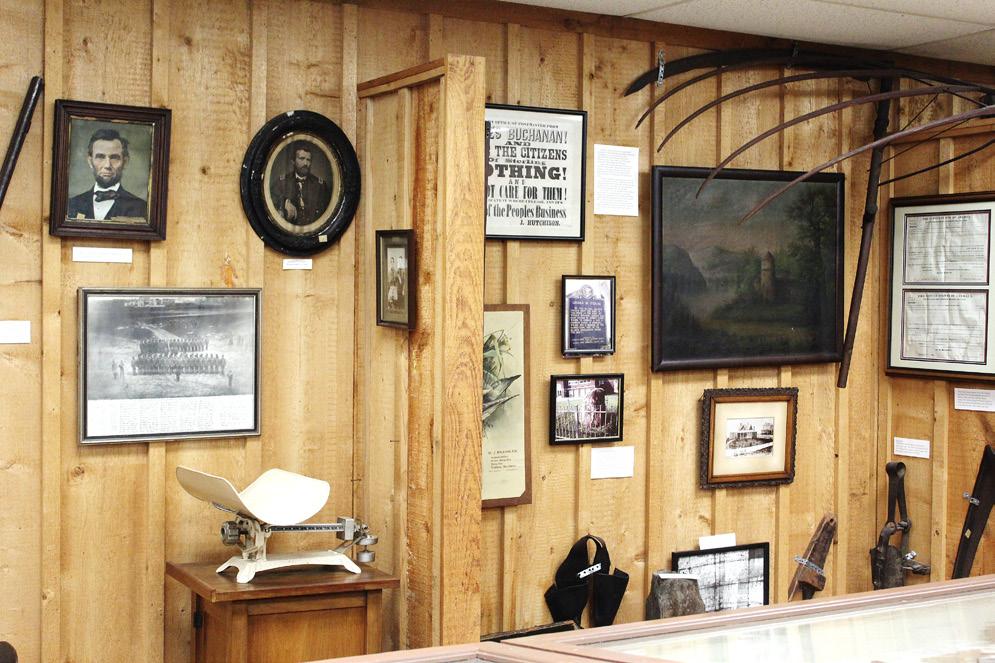

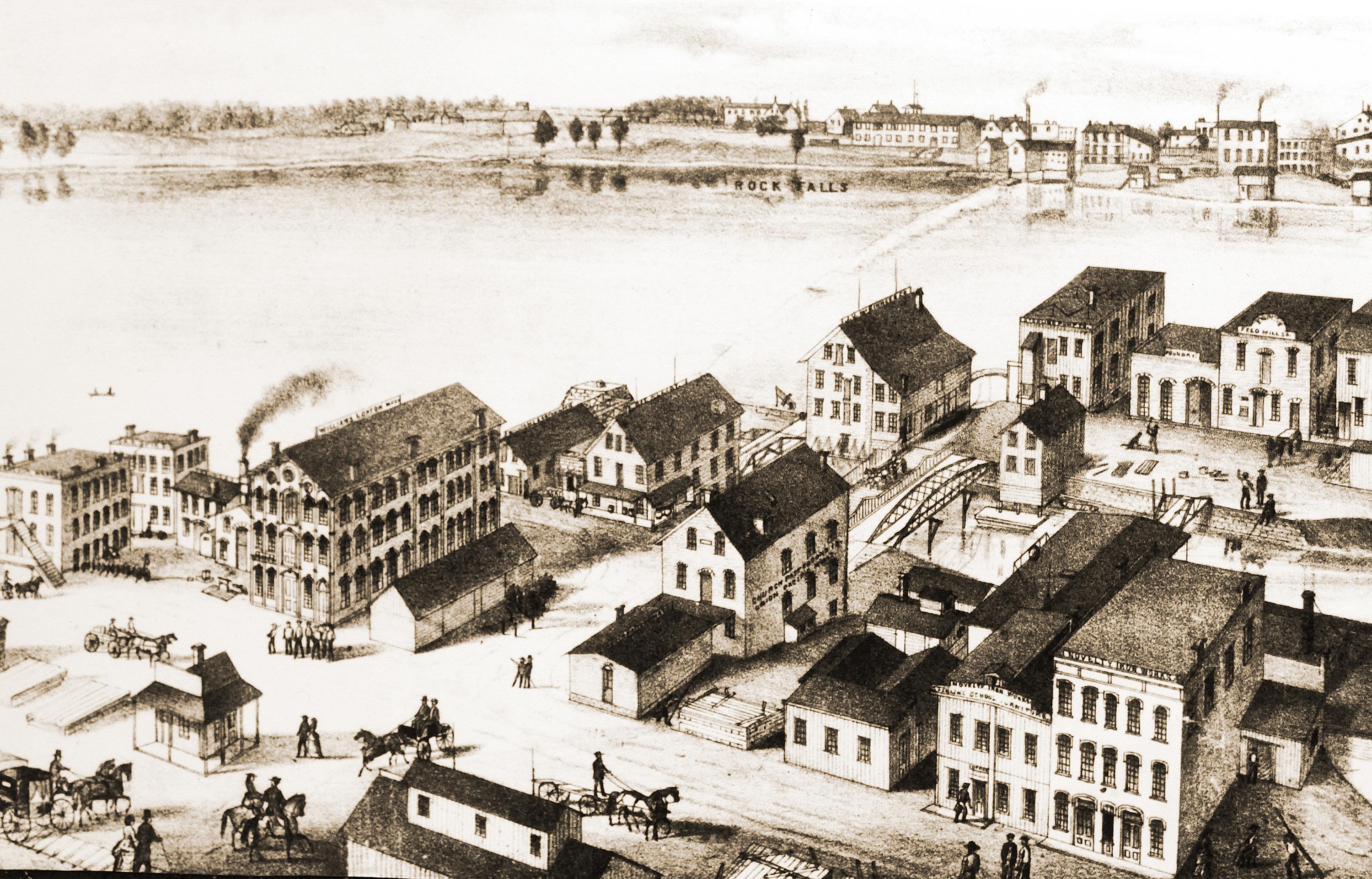
Sterling and Rock Falls looked a lot different in 1872, when this drawing was made; a copy is on display at the Carriage House Museum.
“One thing that I always found fascinating was the early pioneer days here,” Buckaloo said. “My family came to Illinois and settled in the [river] bend north of Dixon around 1840. We have some wonderful first-hand source descriptions of life in that day and age. One guy writes home — his parents are thinking of moving here from Massachusetts — and he writes: ‘I don’t want to say whether you should or not, but I’ll describe the place. There’s two towns, one with five homes and a tavern, and one town with six homes and a store.’”
Sterling received one of its most famous visitors on July 18, 1856: Future president Abraham Lincoln spoke at an event to support the Republican candidate for president in that year’s election, and spent the night at Manahan’s home. Subsequent owners would modify the home through the years, until the historical society purchased it 20 years ago. Buckaloo led its restoration effort, which was completed in 2011.
“It would have actually been cheaper if we had just torn it down and built a replica, but that’s not the accepted historical way,” Buckaloo said. “It was in pretty bad shape, and it was interesting to learn about the methods in which you had to adjust for because it was historical; you had to use a certain type of mortar because it’s a softer brick.”
The home also was a stop along the Underground Rail-
road route for escaped slaves, and Buckaloo tells stories about the Manahan family’s opposition to slavery that dates back to their colonial days in Southern Pennsylvania, and how Manahan had to elude the locals who supported the Fugitive Slave Act and wanted fleeing slaves captured and returned to their slaveholders.
Another chapter of the local fight for civil rights can be found at the Carriage House Museum, where one of its exhibits shares the story of Bessie Pennington of Sterling, who, during the 1950s and ’60s organized the local NAACP chapter and promoted the cause for civil rights in the Twin Cities.
Today, with Black history taught at local schools, Buckaloo’s work in keeping the legacies of people like Manahan and Pennington alive brings a local connection to our nation’s history.
“You need a hook to sell history,” Buckaloo said. “You want them to be interested, you want them to help preserve it. That’s one of the reasons why we did the Lincoln-Manahan Home: Lincoln is so well known, and it resonated with kids. One of the things that I tell the kids when they walk through the home is that they’re walking on the very same boards that Abraham Lincoln walked on. That kind of brings it home. He’s such an iconic figure, and it helps them connect with history.”
BUCKALOO cont’d to page 13


